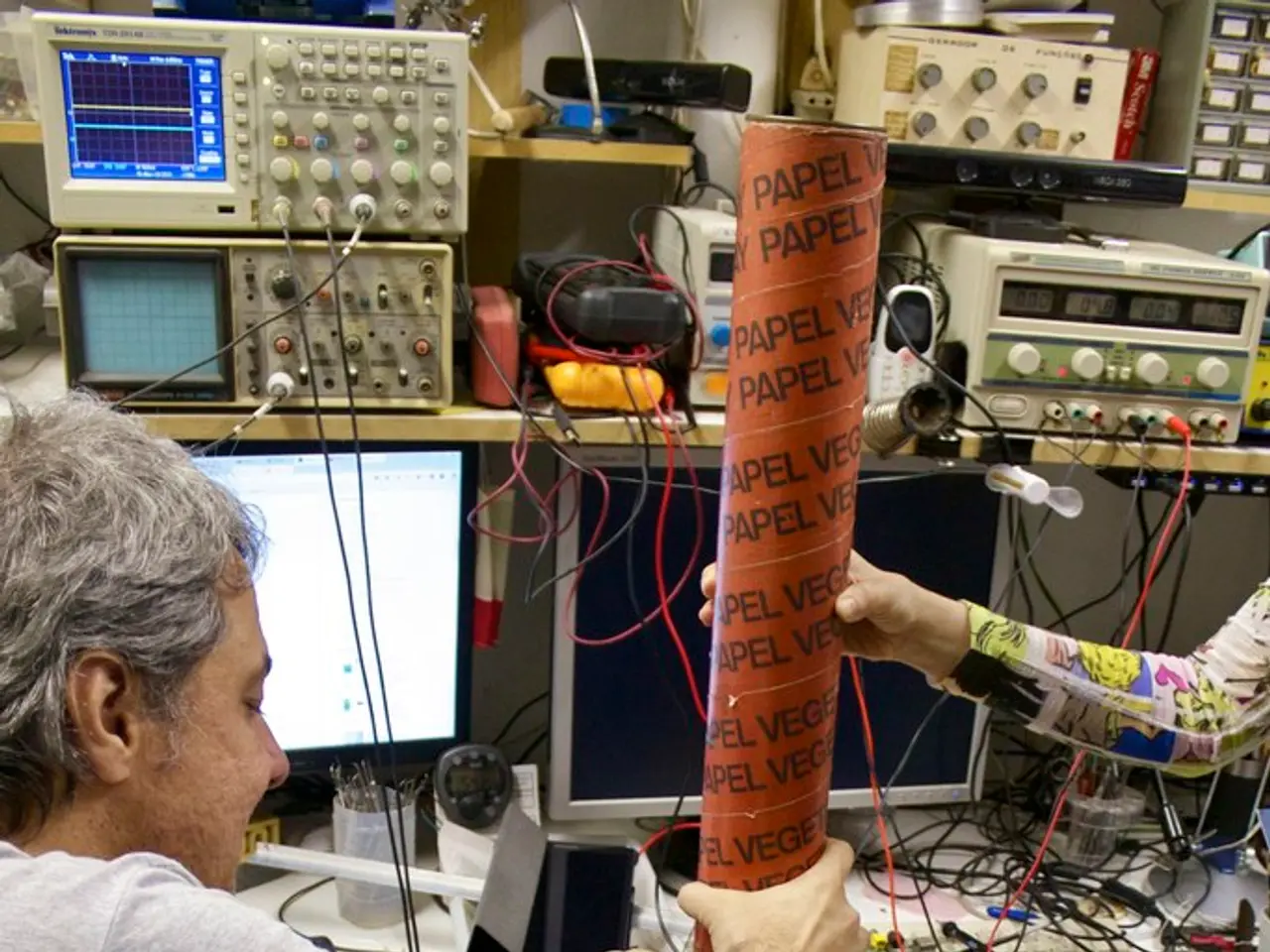Magnetic Sensors Revolutionize Healthcare with Precise, Non-Invasive Measurements
Magnetic sensors, crucial in various medical fields, are transforming healthcare. They enable accurate, non-invasive measurements and real-time monitoring, benefiting patients and medical professionals alike.
Magnetometers play a vital role in monitoring bioprosthetics like orthopedic implants and cardiovascular bypass transplants, preventing failures. They can be miniaturized using nanotechnology, fitting into portable and microelectronic devices.
Magnetoencephalography (MEG) uses magnetic sensors to measure brain activity, aiding in diagnosing conditions like epilepsy and Alzheimer's. Magnetic sensors facilitate both wired and wireless data transmission, enabling real-time monitoring and analysis, invaluable in intensive care.
Magnetic sensors enhance precision in medical diagnoses and procedures. They improve ultrasound-guided therapies and temperature measurement in heat therapies and cancer treatments. In AI research, they enable highly precise measurements, like in advanced quantum sensors for medical imaging and quantum computing.
Magnetic sensor-based imaging techniques like magnetic induction microscopy (MIM) can improve biopsy accuracy. Wearable devices combining wireless technology with magnetic sensors enable continuous real-time health monitoring, potentially saving lives.
Magnetic sensors are driving advancements in medical technology. They improve diagnostics, enable real-time monitoring, and enhance precision in various procedures. By integrating seamlessly into medical devices, they provide accurate, reliable measurements without causing discomfort or risk to patients.







